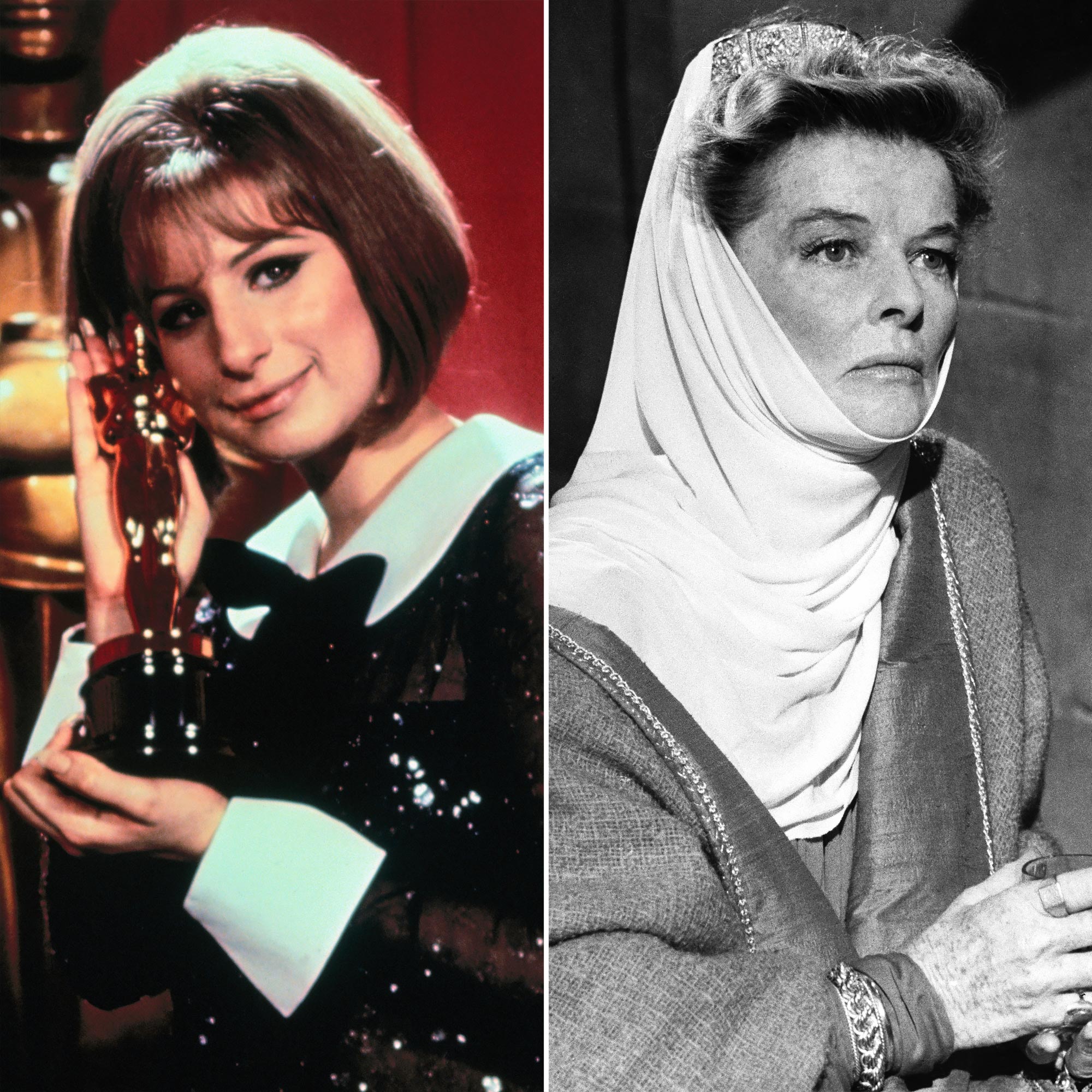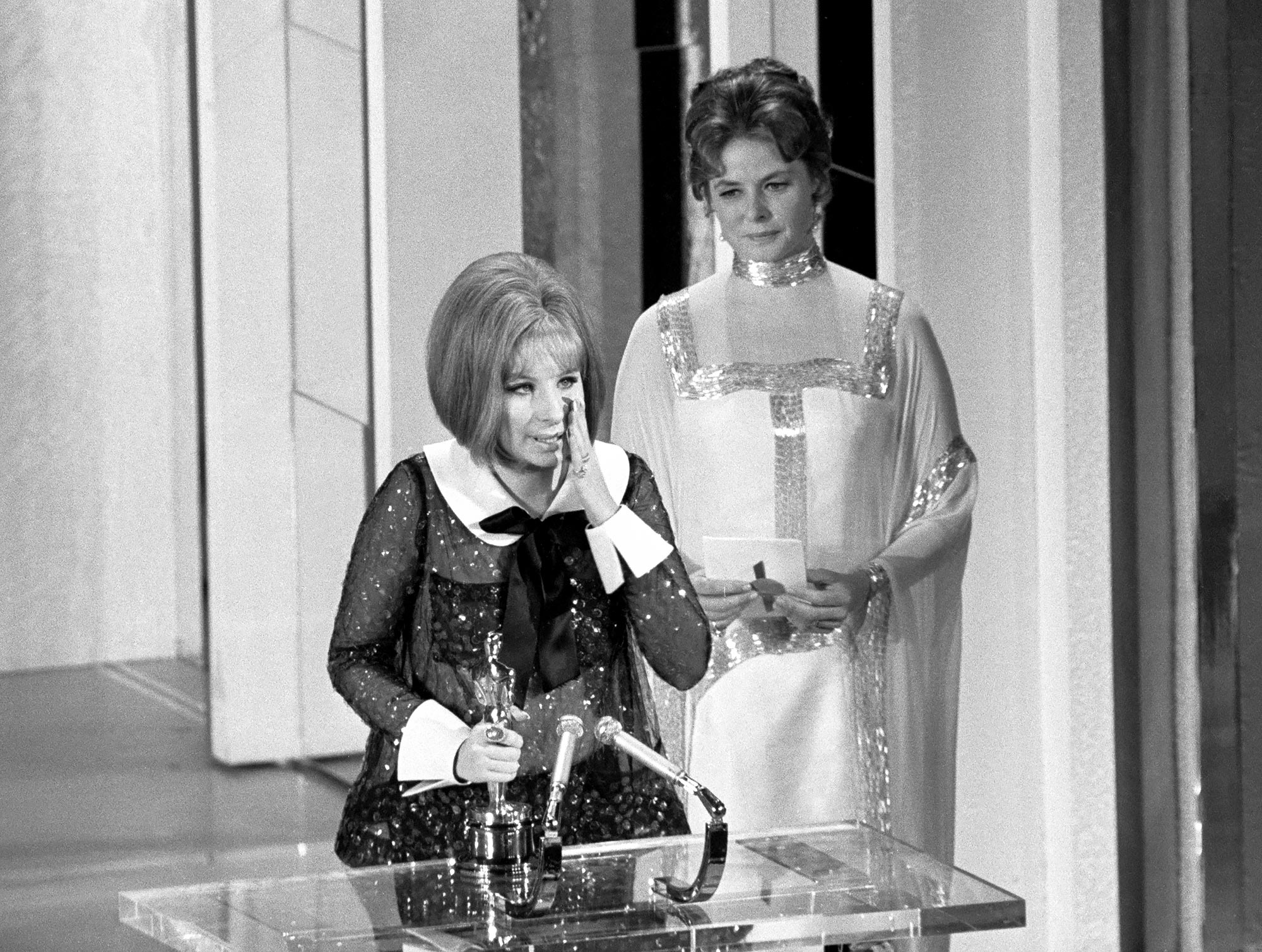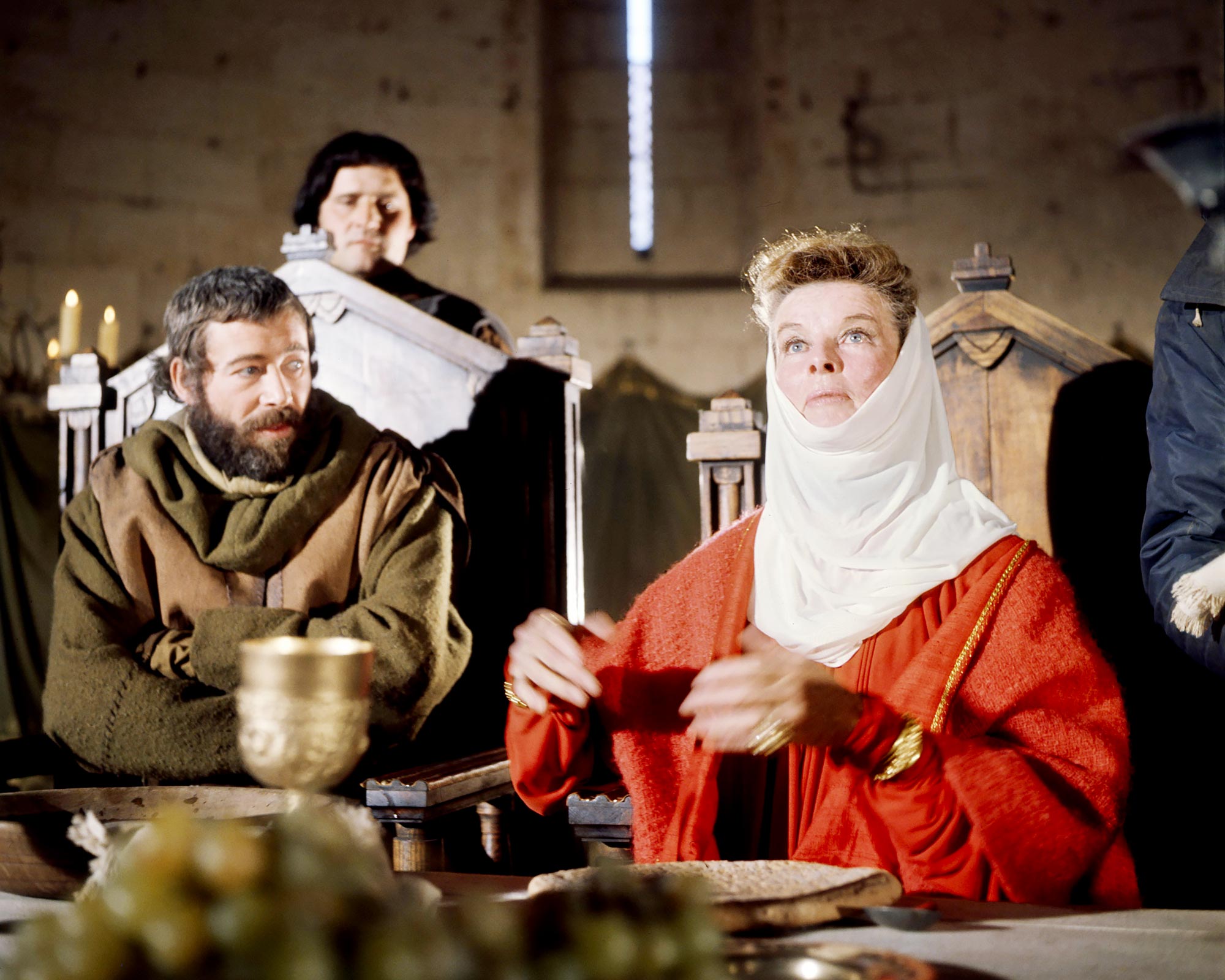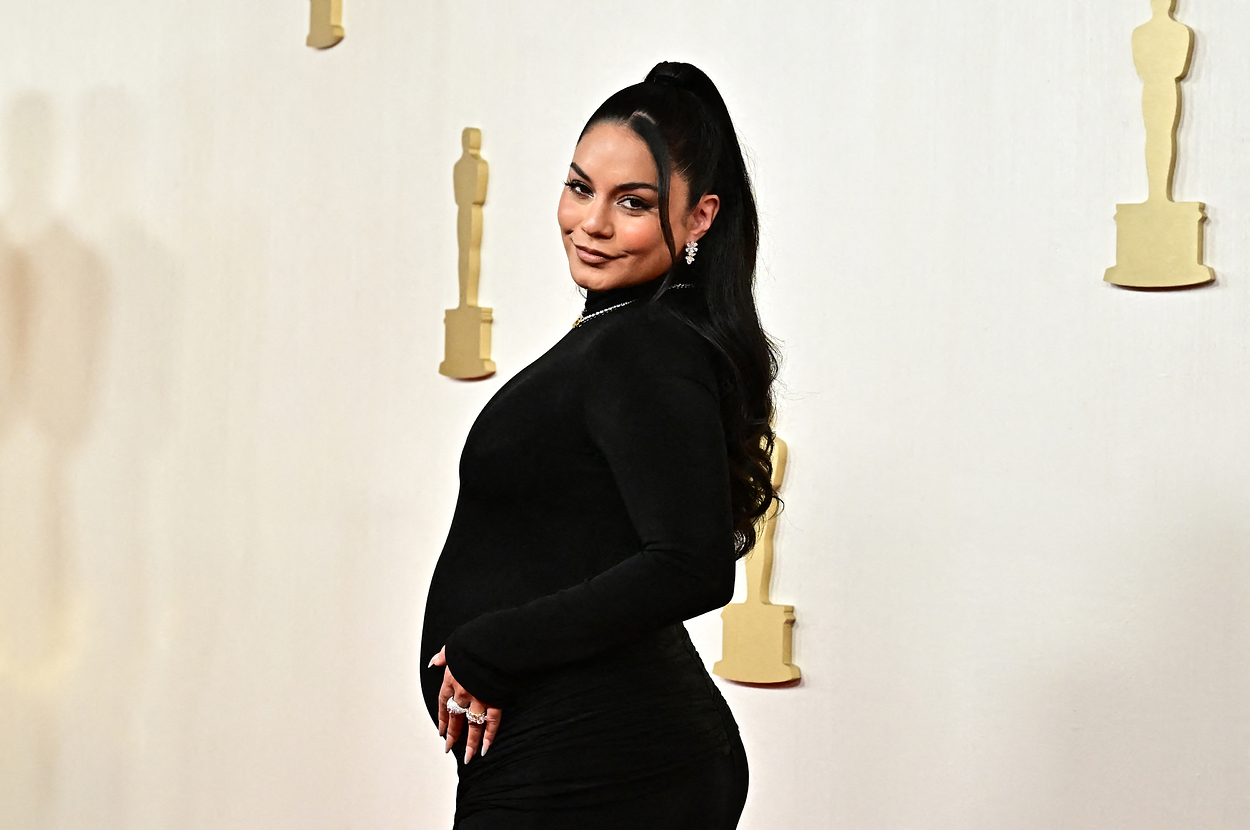
Oscars are the most coveted trophies in Hollywood, but what happens if you have to share yours with someone?
Ties at the Academy Awards have only happened six times since the first Oscars took place in 1929, but they can and do occur — most famously in 1969 when Barbra Streisand and Katharine Hepburn tied for Best Actress. The incident remains the only time in Oscars history when two women tied in the category, and it’s one of only two times there were ties in an acting field. (Wallace Beery and Fredric March tied for Best Actor in 1932 for The Champ and Dr. Jekyll and Mr. Hyde, respectively.)
Streisand and Hepburn’s tie was shocking at the time and remains so because it involved such major names. With the exception of Beery and March’s tie, all other Oscar draws have been in categories that are much less closely watched: Best Documentary Short Subject (1950), Best Documentary Feature (1987), Best Live Action Short Film (1995) and Best Sound Editing (2013). Imagine if in 2019 relative film newcomer Lady Gaga had tied with beloved veteran Glenn Close — it would have been even crazier than the time Faye Dunaway and Warren Beatty announced the wrong Best Picture winner.
On the night of April 14, 1969, Streisand and Hepburn were competing against Patricia Neal (The Subject Was Roses), Vanessa Redgrave (Isadora) and Joanne Woodward (Rachel, Rachel). Streisand, then 26, was nominated for her role as Fanny Brice in the film adaptation of Funny Girl. While she originated the part on Broadway and earned a Tony Award nod for her work, the movie marked her first time on the big screen.

Hepburn, meanwhile, had already won two Oscars for Morning Glory and Guess Who’s Coming to Dinner in 1934 and 1968, respectively. Her 1969 nod was for her role as Eleanor of Aquitaine in The Lion of Winter. Her win made her the third performer to win an acting Oscar two years in a row and the first person to win three lead acting Oscars. (She won her fourth in 1982 for On Golden Pond.)
While both Streisand and Hepburn were at the top of their game, no one — including presenter Ingrid Bergman — expected a draw. “It’s a tie!” Bergman exclaimed after opening the envelope.
Hepburn was not there to collect her award, as she famously refused to attend awards shows on principle. “As for me, prizes are nothing,” she once said. “My prize is my work.” (Despite earning 12 Best Actress nominations and four wins in her career, she only went to the Academy Awards once in her lifetime, to present an honorary trophy to friend Lawrence Weingarten in 1974.)
What Determines Whether a Role Is Lead or Supporting? Oscar Rules Explained
Streisand, in contrast, was on hand at the ceremony, where she began her acceptance speech by looking at her new Oscar and quoting the Funny Girl line, “Hello, gorgeous.” Perhaps the only thing more famous than her speech is her outfit, a sheer black pantsuit that she now regrets, in part because she didn’t know it would be see-through under the lights.
“When I saw the footage on TV, I was horrified,” Streisand wrote in her 2023 memoir, My Name Is Barbra. “It looked as if I had nothing on underneath. (It was actually lined in nude georgette.) I was so embarrassed. And I’m still horrified, thinking about it now.”

While few would now begrudge Streisand her win, there was some controversy in the weeks leading up to the 1969 Oscars because of the fact that she had only recently been admitted to the Academy. As a first-time movie actress, she didn’t meet the requirements to join, but the Academy’s then president, Gregory Peck, said an exception was made because of her history as a performer.
“She was a great star of the Broadway stage,” Peck said in a March 1969 article published in The Hollywood Reporter. “She was acknowledged universally to be one of the outstanding talents of recent years. There was no question about her ability. It was within the discretion of the actors’ branch to accept her, and we had the privilege of doing that.”
Biggest Oscars Controversies in History: The Slap, Adele Dazeem and More
What that means, however, is that Streisand’s admission to the Academy theoretically allowed her to cast the vote that earned her the win. Nice work if you can get it!
More than 50 years later, Streisand and Hepburn’s shared victory remains the only “true” Oscars acting tie in history. While the aforementioned Beery and March tied in 1932, their draw doesn’t count as a “true” tie because March actually received one more vote than Beery, and Oscar rules at the time stipulated that any contender who came within three votes of the top-voted nominee also be a winner.
Even without that rule, another tie is still possible and could happen in any year and in any category. Will 2024 mark the seventh draw in Academy Awards history? An Oscar buff can only hope.









